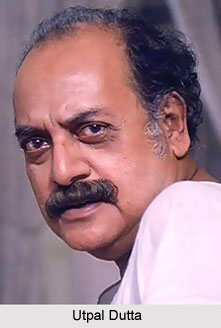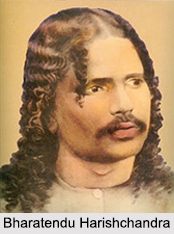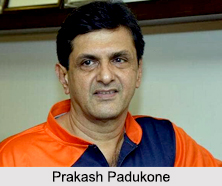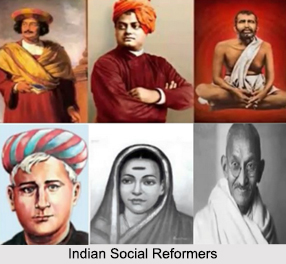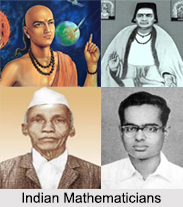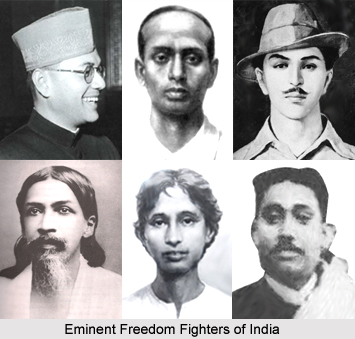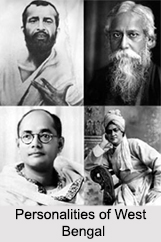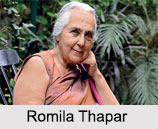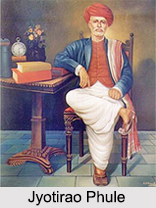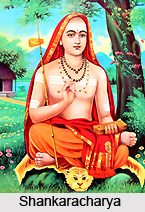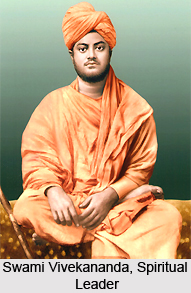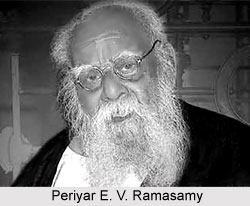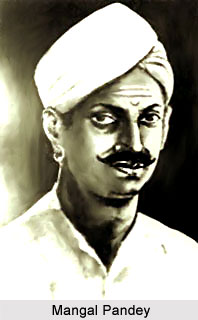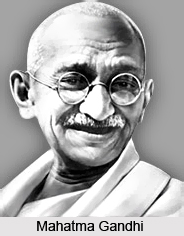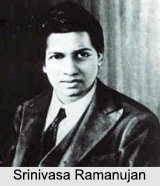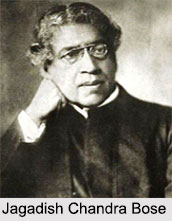Sister Subhalakshmi was a dauntless savior of the neglected and socially marginal, widow community of India. All her life, she unflinchingly claimed the fundamental rights for women and the necessary improvement in the status of widow, particularly in the Madras Presidency of British India. Sister Subhalakshmi was born in a traditional Brahmin family in Madras on 18th August, 1886. Her father Subramanya was a Civil Engineer, employed in the Public Works Department of the Government of Madras. Her mother`s name was Visalakshi, who hailed from a village called Vaigalattur in Thanjavur District.
Sister Subhalakshmi started her education, when she was five years old. In 1891, she was admitted to a primary school, located in the vicinity of her dwelling at Saidapet. The company of her mother Visalakshi and aunt Valambal inculcated the essence of the Hindu civilization and lifestyle in her. Inevitably, Subbalakshmi started harboring great fascination for the Tamil literature. This inclination was caused by her acquaintance with the stirring poetry of Tamil poets and saints, attributed with colossal fame.
Monica Felton, the biographer of Sister Subhalakshmi recounts a poignant and tearful story of a woeful incident that Subbalakshmi, once came across. Felton, has narrated the story, under the title `A Child Widow`s Story`. She reports, that once in 1897, Subbalakshmi accompanied by her parents and sisters, went to take part in an invitation to an uncle`s marriage in a small village in Thanjavur district. During the marriage ceremony Sister Subhalakshmi was suddenly jolted by a piercing scream. She detected a baby girl, hardly 2 years old, was surrounded by 7 or 8 big girls. That tiny girl was being horribly taunted by the other children, on the pretext that she was a poor little widow, with no "thali" ( the cylindrical shaped gold necklace hanging around the neck of a married woman, and snatched away during widowhood) round her neck to signify her distressed widowhood. Subbulakshmi was torn by deep grief inside, viewing the pitiable plight of a small child, a victim of child-marriage and subsequent child widowhood. As Felton, succinctly notes, this horrendous sight kept on haunting her in her sleep, at night.
The most alarming moment of this incident was that the child, since such a tender age would suffer all through her life, for an unbearable punishment, without doing any crime herself. This was the disastrous outcome of child-marriage, often to dying, much elderly people and the consequent curse of widowhood, lashing with its whip the hapless females, writhing in excruciating pain.
The same ruins of widowhood were awaiting Subbalakshmi, but she set the example of improving destiny by her self-determination and strong will. At the young age of 11, in 1898, Subbalakshmi got wedded. Subbalakshmi received an ornamented Banarasi Silk Sari as her marriage-gift. Unfortunately, before she could avail of a happy occasion to flaunt herself in that luxurious Sari, the bane of widowhood befell her.
Sister Subhalakshmi was bestowed with the blessings of being born to wonderful parents, much ahead of the times. Her caring parents enrolled their beloved daughter with the Presidency Secondary and Training School at Egmore. So eager was her father, to see their daughter attain enlightenment, that he even boarded a lodge, situated opposite to Subbalakshmi`s school, for a rent of Rs.14 /. Subbalakshmi emerged to be a meritorious student. A versatile genius, she was trained in playing the Indian musical instrument and also the Western, Violin. Acquiring knowledge of the five verses of Bhagavad Gita was included in her regular routine of religious studies.
Sister Subhalakshmi could climb up the ladder of school education, at ease. Her fantastic parents, optimistic about the caliber of their daughter, got her admitted in the Presentation Convent in George Town in the F.A. Junior Class. December 1905, bore a lot of importance in Subbalakshmi`s life. She fared quite well in the Matriculation examination. Mother Patrick used to nurture an affectionate affinity towards the daughter-like darling, Subbalakshmi. She lovingly gave her the sobriquet `Sybil` , which was later modified into the popular name of "Sister Subbalakshmi".
Her intimacy of two years with the unconditional services rendered by the venerated Mother and her Convent organization molded her thoughts and ideology to a large extent. She fostered an objective and analytical attitude as far as possible, in order to realize as best as possible. Subbalakshmi escalated the high pedestals of academic qualifications. She admitted herself to B.A. course conducted at the Madras Presidency College in 1908. She turned out to be the first Brahmin woman to complete her graduation with I Class in Honours, in April, 1911.
It was simply marvelous to discover that the newspapers of the then India aired this hot news of her historical achievement. Showers of applause greeted this crowning glory. The famous Subbalakshmi came to be selected by Miss Lynch, an Inspectress of Women`s Education in Madras as the bridge for closing the gap between the backward females of India and the wave of modern progress. Lynch was highly perturbed to come across the deficiency of "suitable" teachers in schools. Moreover, the huge number of 22,000 child widows in Madras, ranging from five to fifteen years in age, augmented her concern.
Miss Lynch intensely motivated Sister Subbalakshmi to open a haven for the homeless Brahmin Widows in Madras in 1912. In 1912 the Sarada Ladies Union came into existence. It served as a platform for imparting lectures, participating in discourses related to women`s welfare and raising donations for setting up a Brahmin girls` school. During the same year the government conceded to aid the maintenance of a boarding school for teachers - training. The government promised to bear the expenses of the rent incurred and reward scholarships to three deserving girls. However, as per as the clauses of the agreement the rest of the cost would be funded by the donations and fees accumulated.
Lynch deployed a strategy of making their scheme of betterment more compatible to the elite critics of education. She planned to initiate their operations in the more rigid and superstition-ridden sectors of the society, than in the areas with liberal and broad outlook. After a frantic quest, they finally found out the Ice House, the old warehouse existing on the beachside, once used to preserve ice imported from Boston. Subbalakshmi could manage to collect a hefty amount of Rs 2000 from broad-minded people. The Ice House was converted gradually into a dwelling for thirty-five girls. The beneficial repercussion was the coming up of the Sarada Ashram, a Home for the Widows Home, in July 1912. Four assistants in this philanthropic venture accompanied her.
Ransom money flowed in from the Sarada Ladies` Union, boost up the mission of females` well being. Meanwhile, Sister Subbalakshmi equipped her with the L.T. Diploma in Teaching in 1913, to devote her fullest potential to the grave responsibility, she was entrusted with. The roll strength of the inmates was on the rise, while special attention was put on the formulation of the syllabus of the school. There were stages affixed to ensure the promotion of females into teachers. Initially, girls undergo academic illumination through formal education in school`s classes. The next step was to pass the Matriculation examination. And, ultimately, the arrival at the Graduation Degree classes of Queen Mary`s College (1914), the first women`s college in Madras, leads the traveler to the desired destination.
The year 1922 was marked with the beginning of the Lady Willingdon Training College and Practice School, an appropriate institution for sharpening teaching skills. Sister Subbalakshmi was conferred upon the highest position of the principal. This institution was partially referred to as the brainchild of the wise Subbalakshmi.
The college delivered three kind of educational courses: post-graduate training for talented females, fit for becoming high school teachers, secondary training for teachers of the eighth standard, and essential training for elementary level teachers. It was a must to obtain proficiency in English, to keep pace with the needs of the hour. Besides these, some vocational subjects were incorporated into the ambit of the curriculum. This was to emphasize the significance of learning the art of practical application of things. Physical education was made mandatory to confirm good health along with assimilation of knowledge. An aspect of this curricular-pattern, worthy of mention, was that, Hindu and Christian priests taught ethical and religious doctrines. The upheaval of resurgence generated by the liberal and magnanimous social reformers of the day slowly started allowing marriages at matured ages, than before.
A conspicuous disadvantage of the Sarada Ashram was that it did not permit widows above the age of 18, to take shelter there. Hence, the increasing demand for another home to accommodate the left out adult widows, devised a concerted-structure of a high school and boarding school, under the name, Sarada Vidyalaya in 1927. The boarding school administered its activities along the lines of conservative Hindu customs and rituals. In the inception period of the school, Sister Subbalakshmi disapproved of remarriage. The path of Subbalakshmi was that of a moderator, trying to balance between the traditional Hinduism and liberal but sober modernism to retrieve widows from their dire straits.
The courageous Subbalakshmi went against the prejudiced and humiliating barriers of Hindu caste-system. She founded a school for the socially destitute and lower class fishermen clan, near the Ice House. Being a government worker she was prohibited from allying with the Women`s Indian Association. Nevertheless, the non-challant Sister Subbalakshmi sustained her visit in branch meetings. Sister Subbalakshmi became vocal in the public arena, and before the Joshi Committee, about the meaninglessness of social evils, like child-marriage. This public protests, occurred during the pro- Child Marriage Restraint Bill movement, held by the Women`s Indian Association and the All-India Women`s Conference.
In 1928 the Sarada Ashram and the Sarada Vidyalaya were fused together into one educational body under the governance of the aegis of the Sarada Ladies` Union. Over the years, Sister Subbalakshmi cultivated admiration for the towering personality, sagacious visionary and great reformer, Swami Vivekananda. It was thus that, Subbalakshmi`s educational enterprise and widow`s home, was transferred to the safe and benign custody of Vivekananda`s set-up, Ramakrishna Mission in 1938. Sister Subbalakshmi retired from Government service in 1941. She inaugurated as School for Adult Women, named, Srividya Kalanilayam in the Vidya Colony at Mylapore, Madras in 1942.
In 1944, she planted the flag of primary education in an elementary school called Maduranthakam School at Maduranthakam. She also made optimal use of her dignified rank as the founder of the Mylapore Ladies` Club; she pioneered the running of the Vidya Mandir School of Mylapore in 1956. Subbalakshmi was also the mastermind behind the growth of a social welfare center for women and children in Madambakkam village near Tambaram in 1954.
She performed as a nominated member of the Madras Legislative Council from 1952 to 1956. Government of India honored her with the prestigious `Padma Shri` in 1960. Sister Subbalakshmi had exhibited her flair for writing, as the author of many books in English and Tamil. She departed from the valley of mortality on 20 December, 1969, but the ideals of social welfare and unforgettable contributions to the advancement of women`s state in India, has treasured her memories as immortal.

